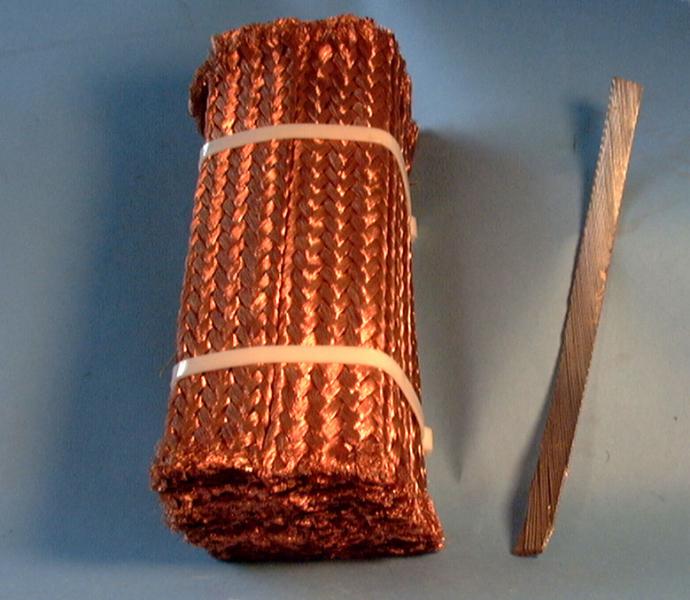Powering CERN
It takes a lot of electricity to power the world's largest scientific experiment – but superconducting wires can help keep those energy costs down
As CERN's physics programme has evolved and expanded, physicists at the laboratory have used more powerful accelerators and detectors to study the fundamental particles. The laboratory has had to innovate to keep up with electrical demands. CERN uses 1.3 terawatt hours of electricity annually. That’s enough power to fuel 300,000 homes for a year in the United Kingdom. But the energy needed changes from month to month, as the seasons shift and the experimental requirements are adjusted.
At peak consumption, usually from May to mid-December, CERN uses about 200 megawatts of power, which is about a third of the amount of energy used to feed the nearby city of Geneva in Switzerland. The Large Hadron Collider (LHC) runs during this period of the year, using the power to accelerate protons to nearly the speed of light. CERN's power consumption falls to about 80 megawatts during the winter months.
Changing requirements
That’s a lot of electricity – where does it come from? The answer has changed over the years. When CERN was established in 1954, a substation on the Swiss side of the campus was enough to meet the electrical needs of the laboratory. Electricity comes into a substation from a power plant and is redirected to where it is needed, like commuters switching trains. As the site – and the science programme – grew, CERN’s planners revisited how the laboratory was powered.
In the 1970s, a line was installed to connect a new substation on the French side of CERN to an interconnection substation 35 kilometres to the west. This substation is part of the European network. The French station now powers all of CERN, but the Swiss substation is maintained as a partial backup.
Superconducting wires to save energy
The main line, made of copper, has high energy yields, but it loses some energy on its journey to the internal magnet feeders through electrical resistance, and when it is cooled to the temperatures needed in the LHC. To tackle this energy-loss problem, superconducting wires made of niobium-titanium (NbTi) are used on the LHC to connect electromagnets to their power supply. The wires can conduct 100 times the current of traditional copper wire because when cooled to close to absolute zero they offer no resistance to electricity. This greatly cuts down on the energy lost as electricity travels down the wire. To reach a superconducting state, LHC magnets are maintained at 1.9 K (-271.3°C) – temperatures colder than outer space – by a closed liquid-helium circuit.

As electricity courses from its source to the LHC, it passes through a temperature gradient. Water cools the copper cables to ease the conversion from room temperature to the cryogenic atmosphere maintained around the accelerator.
Currently, the main cost of superconductivity is the cooling process. Whatever energy is earned through the use of superconducting wires is lost in the energy needed to cool the wires. But CERN researchers are working on a way to use superconducting cables for the entire journey from source to magnet, which would lower the energy required to cool the wires.
